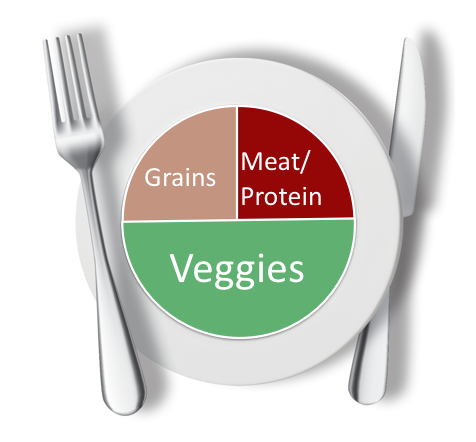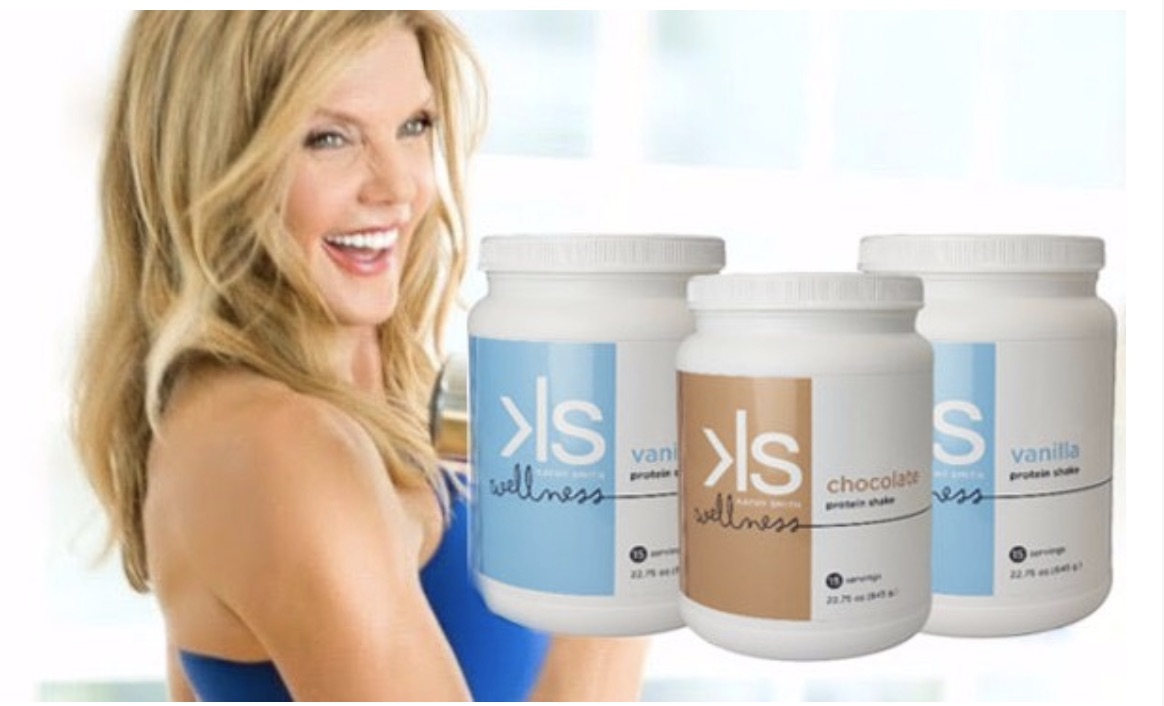Portion control is the key to healthy eating and weight control regardless of the time of year. But with the holiday season fast approaching, and culinary temptations just waiting to ambush us, controlling portion size is something we really need to know and bring to the buffet table. Portion control isn’t about depriving ourselves; it’s about quality over quantity.
Portions, especially in the U.S., have become super-sized over the last number of years, to the point where many of us don’t even know what a healthy portion size is anymore. That’s why I developed a simple way to ensure that each of our meals is balanced as well as in the right portion sizes:
Divide your plate into three sections:
Section 1: Protein
The first section of your plate is for protein (for example, turkey, fish, chicken, or lean beef). The right portion of protein will be about the size of a deck of cards or the palm of your hand. Protein helps stabilize your blood sugar and keep you satisfied. Your protein needs will vary based on your size and your activity level. If you still feel hungry at the end of your meal, increase your protein portion by a few ounces
Section 2: Non-starchy Veggies
You can load your plate with as many dark, leafy vegetables like kale, asparagus, or green salad as you want. This is one section where it is OK to fill up! Because some vegetables (like corn, potatoes and yams) contain more carbohydrates, and you will need to pace yourself better and go easy on these. I’ve placed these in the “Whole Grains” category.
Section 3: Whole Grains
The third section of the plate is reserved for complex carbohydrates in the form of whole grains such as brown rice and quinoa. After practicing this method for a few weeks, you may add grains/starchy vegetables to two meals each day. Keep your servings to about the size of a single scoop of ice cream.
Play around with this section! Many people can only manage one to two servings of grain a day, so pay attention to how you feel after your meal (energy levels, bloat, and fuzzy thinking). The more exercise you’re getting, the more necessity you have for carbohydrates.
Bonus section: Fats
This section includes olive oil, avocado, nuts and seeds, coconut oil, butter). This add-ons are important because it delivers more nutrition and calories. This may sound counterproductive, but you need to be sure your caloric intake doesn’t dip too low.
Limit your fat intake at each meal to about the size of your thumb. Having a sense of an ideal portion for your body’s needs is the key to weight loss. It also will allow you to finish a meal feeling satisfied and full of energy. Who doesn’t want that?
Here are some other tips on how to keep the quantity we eat in check and still feel full:
- It takes your stomach about 20 minutes to feel satiated so wait at least that long before adding to your plate. Don’t worry – you won’t starve in 20 minutes! If you wait it out and are still hungry have a few more ounces of lean protein or some high-fiber veggies to top you off.
- Don’t eat too quickly. Chew your food slowly and deliberately, putting you knife and fork down after each bite.
- Don’t skip meals, even if you’re heading to a holiday party that evening. I have a 3 to 4 hour rule – by keeping your meals spaced apart by 3 to 4 hours you’ll keep your blood sugar levels consistent and avoid getting overly hungry and then overeating.
- Thirst can be mistaken for hunger. Make sure you drink lots of water! It will keep you feeling full and it keeps your body hydrated. Plus, if you’re at a party with a buffet table, it’s difficult to eat when you have a glass of water in your hands.
Plus, one of my favorite tricks is to pair wine with protein. Eating chicken breast or lean cut of beef to keep your blood sugar levels in check. And of course, don’t go overboard on the drinks!
So at this time of the year when those irresistible goodies start coming out in mass indulge yourself with a treat or two – but keep those portions in line.








